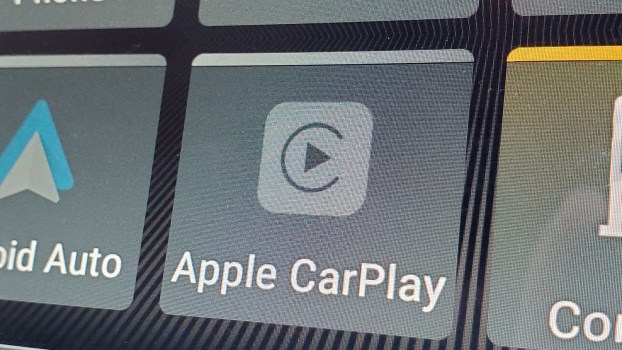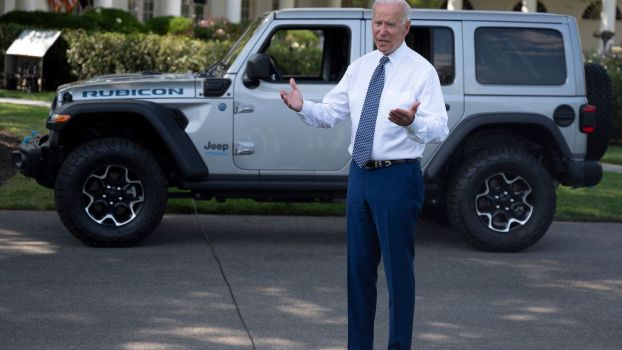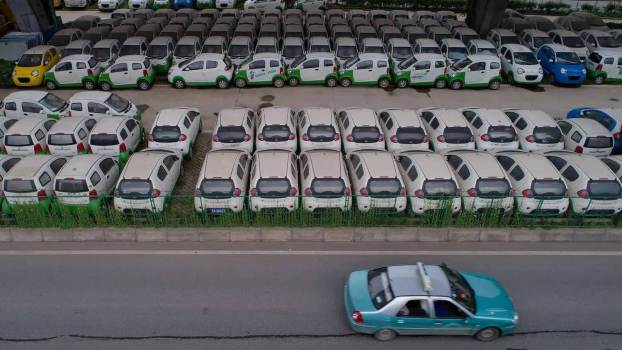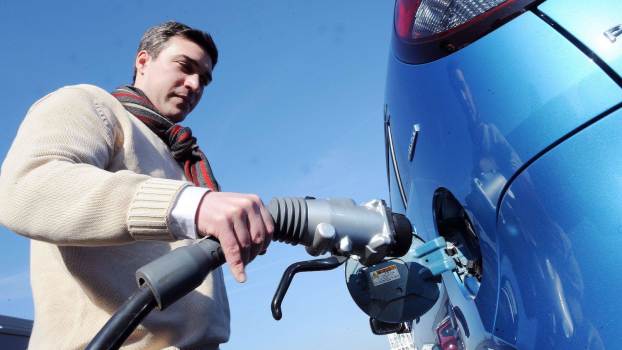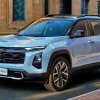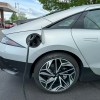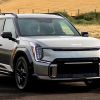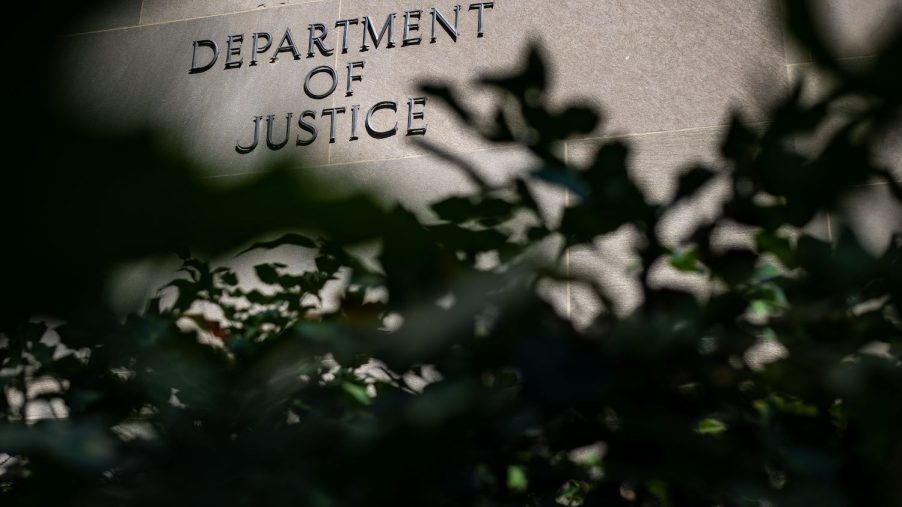
DOJ Subpoena: Tesla Falsified Its Vehicles’ Ranges and Systematically Ignored Driver Complaints
A friend of mine, a proud owner of a new Model Y EV, told me a harrowing story: After visiting family in Boston, he set off to drive back to Vermont on a freezing winter night. His dashboard gauge showed ample range, so he drove past the last of the Boston area chargers. Then, on the empty highway, his battery hit half-charge. He watched his estimated range plummet; the numbers dropped off before his eyes. He was unsure he could reach any charger in time to keep the car running and heat on–and his children were asleep in the back seat. It was a matter of life and death. Luckily, he squeaked into the nearest charging station just in time, his battery indicator on “E,” and his family survived the night.
Elon Musk admits to advertising “false” range estimates

The South Korean government sued Tesla–to the tune of $2.1 million–over exaggerated range complaints. It even required the CEO issue an apology. As a result, Elon Musk publically admitted to “false/exaggerated advertising” of his vehicles’ ranges. According to an anonymous Reuters source, one tool Musk used to advertise these false ranges was the dashboard gauge that my friend trusted with his children’s lives.
Here’s what we know: 10 years ago, Elon Musk directed his team to rig his vehicles’ dashboard readouts with “rosy” range projection. Why? “Elon wanted to show good range numbers when fully charged…When you buy a car off the lot seeing 350-mile, 400-mile range, it makes you feel good.”
What about real-world data? The directive was to create a gauge that revealed more realistic projections once the battery fell below 50% charge. My friend with the Model Y experienced just how dangerous false range estimates can be.
An EV analytics company tested 8,000 Teslas and concluded that their range estimates never even consider outside temperatures. Tesla owners like my friend can also attest to how much ambient air temperature impacts EV battery performance.
This isn’t the only way Tesla is “maximizing” its advertised range. The EPA requires every automaker to print an estimated range on the window sticker of new EVs. The agency uses its own MPGe data and recommends a range number. Unlike most other automakers, Tesla always rejects the government estimate, runs its own tests, and advertises its own number. Edmunds has tested every current Tesla and found none achieve their advertised range. Nine out of 10 other EVs tested exceeded their advertised range.
“They’ve gotten really good at exploiting the rule book and maximizing certain points to work in their favor involving EPA tests.”
Jonathan Elfalan, vehicle testing director of Edmunds.com
Tesla systematically suppressed range-related driver complaints

Thousands of Tesla owners experienced such low real-world range that they thought something was wrong with their vehicles. The automaker receives about 2,000 range-related service requests–each week!
Tesla knew that these vehicles were not malfunctioning. But it couldn’t have its service centers clogged with these drivers. So, first of all, it blocked any owners who filed a “range-related” complaint in the Tesla service app from booking an actual appointment with a Tesla showroom service department. Then it established a “Diversion Team” to call each disappointed customer and tell them to essentially “get lost.”
The scene was like something from Scorcese’s Wolf of Wall Street. The Diversion Team of “service advisors” was headquartered in Las Vegas. It called 2,000 upset customers each week and was expected to close out at least 750 of these range-related complaints. Whenever one of these phone operators could convince a Tesla customer to drop their case, they would put their headset on mute and hit a big metal xylophone in the center of the office. Often, the other operators would jump on their desks and cheer.
How would these operators get customers to drop a complaint? One trick was to assure the Tesla owner that “remote diagnostics” showed nothing wrong with their vehicle. Tesla does have the technology to run remote diagnostics but stopped wasting it on range-related complaints years ago. Reuters’ source said, “Thousands of customers were told there is nothing wrong with their car” by service advisors who had never run remote diagnostics.
The result of Tesla’s antics? First, the EPA required Tesla to lower its advertised range estimates. Then, on October 23rd, Musk admitted to investors that the Department of Justice had subpoenaed Tesla for information on the range of its vehicles. This subpoena is part of a probe investigating multiple aspects of the company.
Here’s what Tesla is doing right
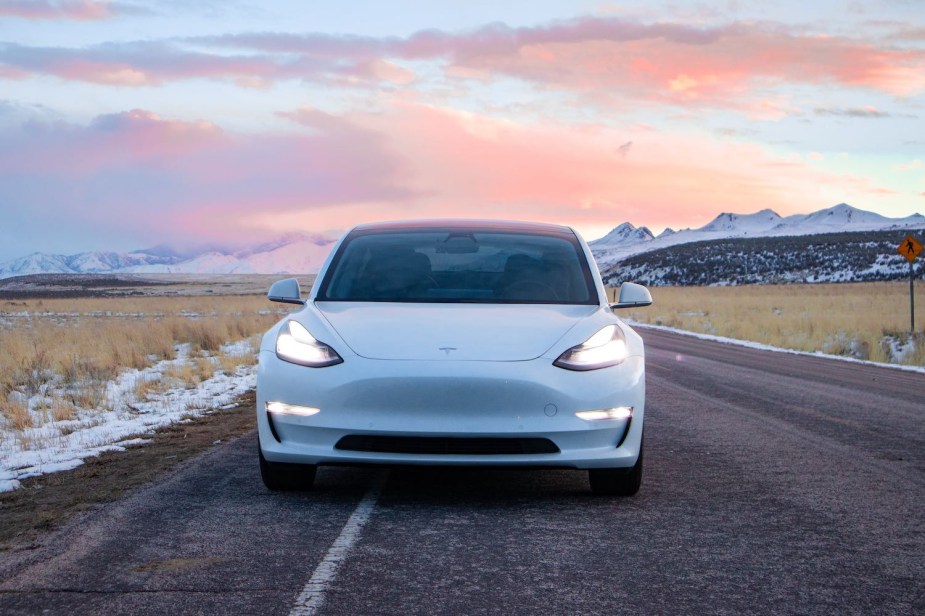
I’m an automotive journalist because I believe the golden age of the automobile has yet to arrive. And I’m grateful for everything Tesla has done to mainstream EVs: I believe the electric vehicle will eventually revolutionize affordable and dependable personal transportation. I’m sick of writing negative stories about Tesla. But this startup can’t seem to get out of its own way.
First of all, Tesla refused to recall autopilot-equipped cars killing first responders. Then, it admitted to planned obsolescence with infotainment screens Musk expected to fail. And most recently, Tesla employees were sued for using vehicle cameras to spy on owners’ “private scenes.” At first blush, Tesla’s false range claims seem just another form of corporate irresponsibility. But there’s a silver lining here.
The holy grail shouldn’t be an EV with some crazy 500-mile range. The electrification revolution needs: One, a robust public charging network and, two, efficient EVs that can offer three hours of highway driving for every 30 minutes of charging. And Tesla is the only company pouring resources into making this a reality.
When I pitted the most efficient EVs against one another in an imaginary electric cross-country road trip, I found that Tesla’s Supercharger network put the Model 3 at the front of the pack: 7.75 minutes of driving time for every one minute of charging time. When Tesla graduates from a 400-volt charging system to an 800-volt system for its next-gen vehicles, the result will be EVs you can road trip just like ICE vehicles. And I’m happy to back Tesla up here, telling anyone who will listen that overall range will not be the most important metric for long.
To be blunt, if a legacy automaker falsified EV ranges–or was caught up in any one of the multiple Tesla scandals I’ve covered–heads would roll. From both an environmental and economic standpoint, it is critical that Tesla continue revolutionizing the transportation industry. So I hope, for all of our sakes, that this company can take its corporate responsibilities to its customers and the public more seriously. And soon.
